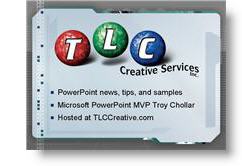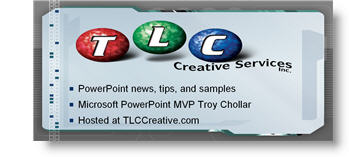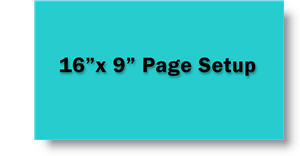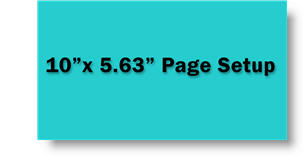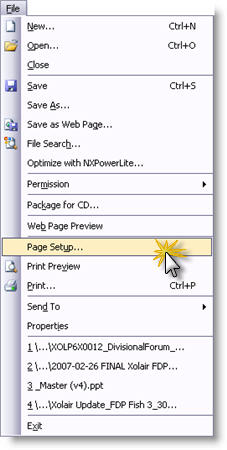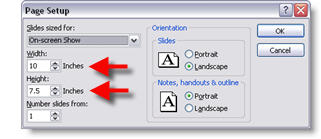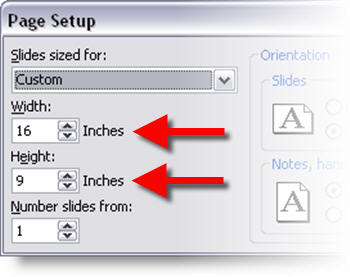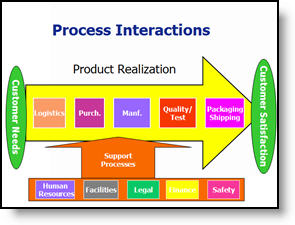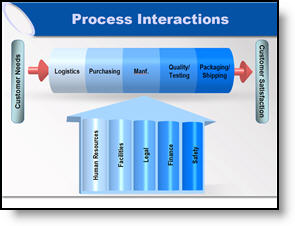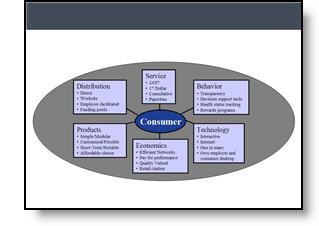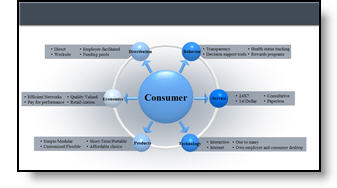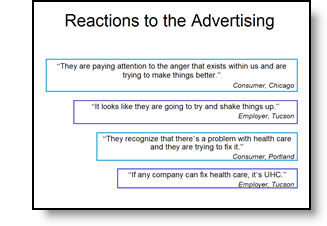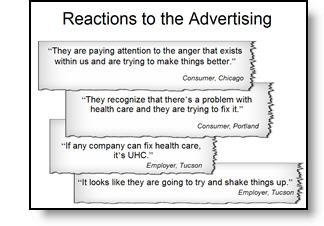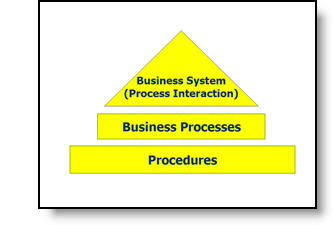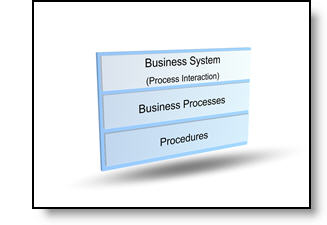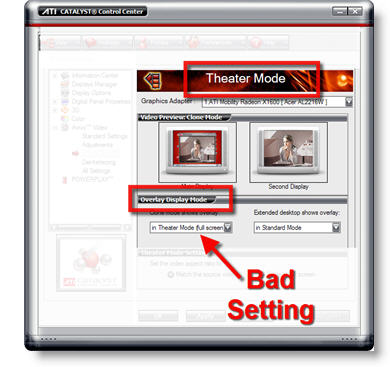Existing Presentation to Widescreen (pt 2)
For the best quality layout and graphics when converting an existing presentation to widescreen I go through several steps. Note: 1-4 assure that new widescreen presentation maintains all formatting such as fonts, custom bullets, default color scheme, header/footer, etc.
1. Open existing presentation
2. Save As (name)_WideScreen.ppt
3. Delete all slides
4. Change page size to needed widescreen size
2. If background artwork is developed in Photoshop, modify in Photoshop to create new version of artwork that is setup for new widescreen aspect ratio
3. Update the master slide(s) with modified artwork and adjust formatting to fit widescreen layout
Now I have a widescreen template of my presentation.
– Troy @ TLC

